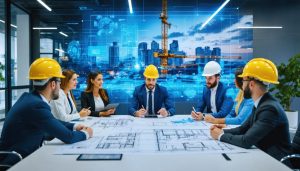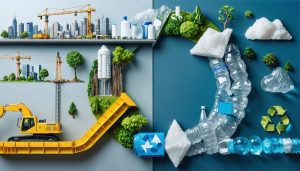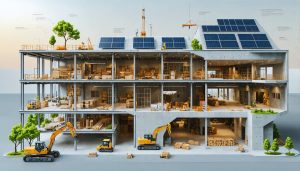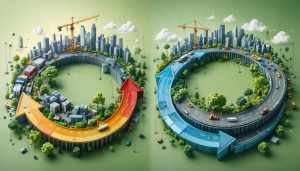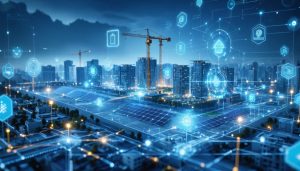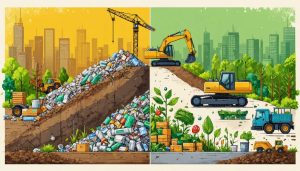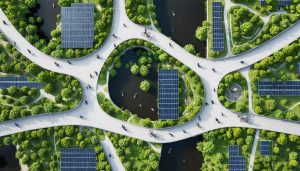
Copenhagen’s Groundbreaking Urban Loop Project Redefines Circular City Design
Copenhagen’s transformation into a carbon-neutral metropolis showcases how cities can tackle complex urban sustainability challenges through systematic innovation. The city’s comprehensive circular economy initiative has reduced carbon emissions by 42% since 2005 while maintaining economic growth – setting a new benchmark for sustainable urban development worldwide.
This achievement stems from three interconnected strategies: implementing district-wide heating …



